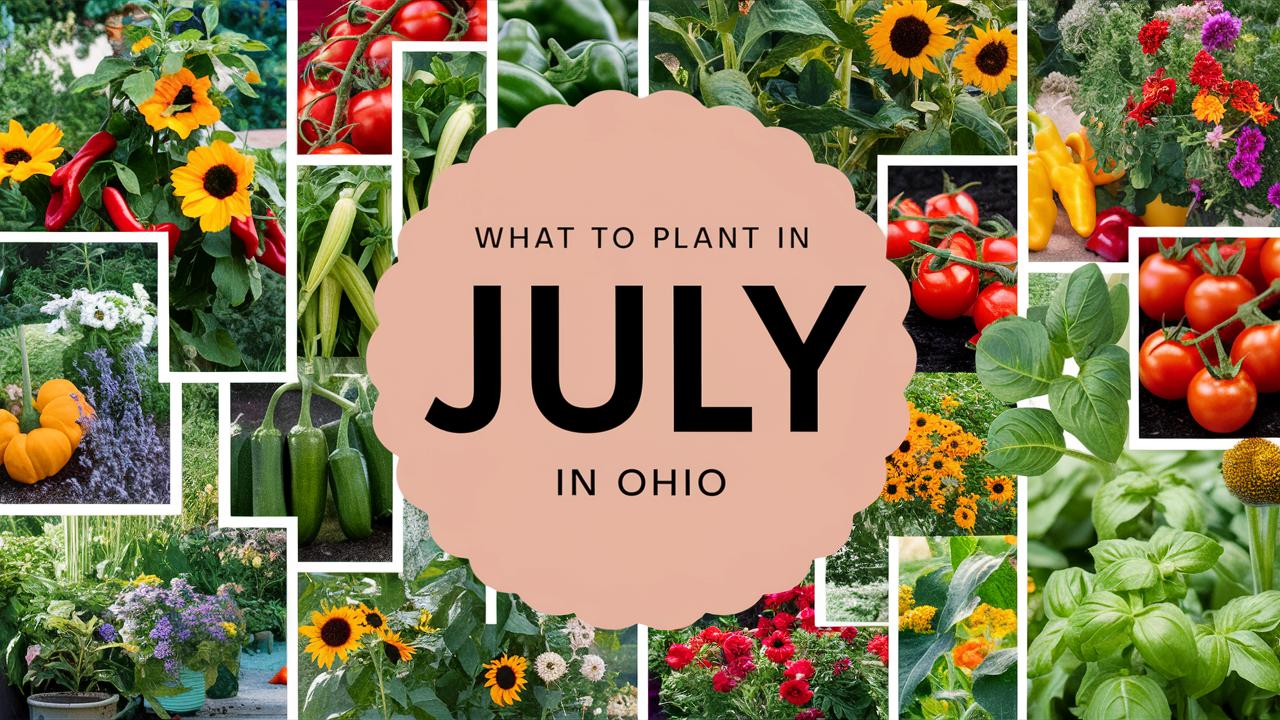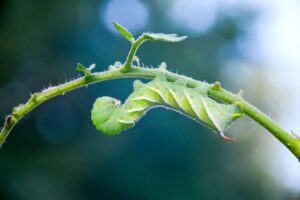This guide covers what you can plant in July in Ohio, focusing on plants suitable for the state’s USDA hardiness zones (primarily Zones 5 and 6). Each section details specific plants, their growth requirements, and the best practices for successful planting during this time of year.
Vegetables To Plant
Planting in July can be a fruitful endeavor for Ohio gardeners, particularly for fall harvests. Here are ten vegetables that thrive when planted in mid-summer.
Beans (Bush and Pole)
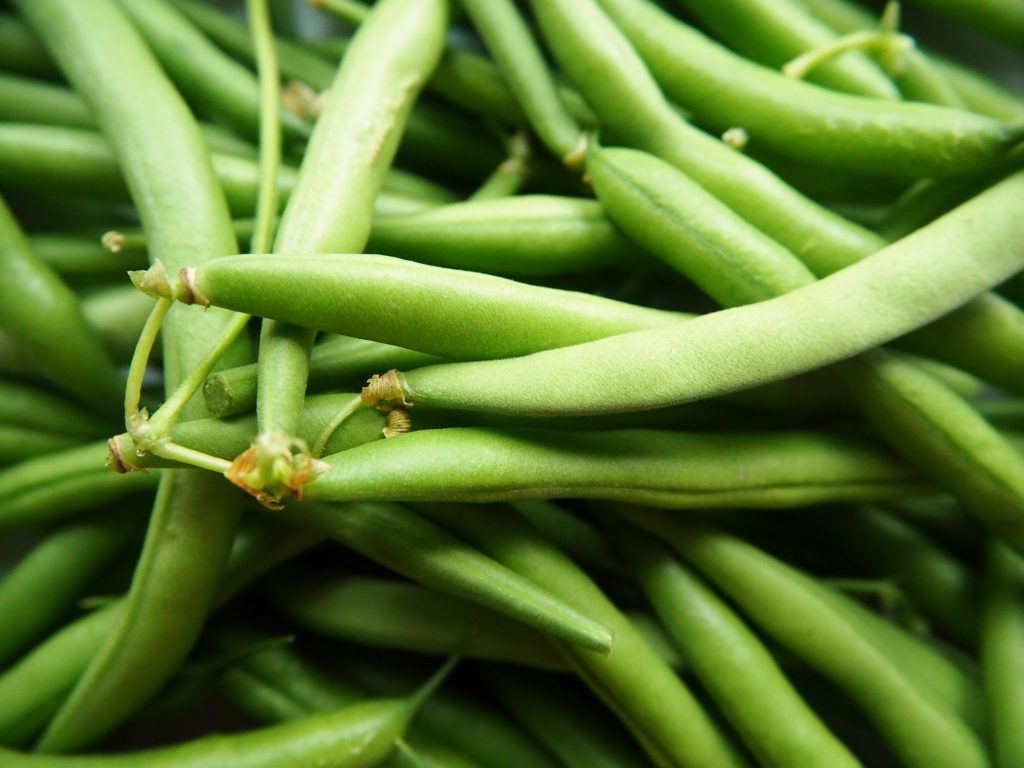
Beans, both bush and pole varieties, are ideal for July planting due to their quick maturation times. In Ohio’s USDA zones, gardeners can plant these legumes directly into the soil where they will thrive in the warm summer temperatures. Beans prefer a nearly full sun exposure and well-drained soil, and they can handle temperatures up to 75°F, making them perfect for July.
These plants typically emerge within a week of planting and can be harvested in about 50 to 60 days, allowing for a late summer crop and, in some cases, a fall harvest if planted early in the month. When planting, space bush beans 1 inch apart in rows that are 18-24 inches apart, while pole beans will need trellising.
Beets

Beets are a cold-hardy crop that can be planted in July for a fall harvest. These root vegetables thrive in well-drained, rich soils and prefer cooler temperatures for optimal growth, making early to mid-summer a perfect time to sow seeds in Ohio. They take roughly 50 to 60 days to mature and should be spaced about 2 inches apart in rows 12-18 inches apart.
These plants tolerate heat, but if extremely high temperatures are expected, consider providing some afternoon shade to help them develop sweet, tender roots. Given their resilience, beets are a fantastic choice for late-summer gardens.
Carrots
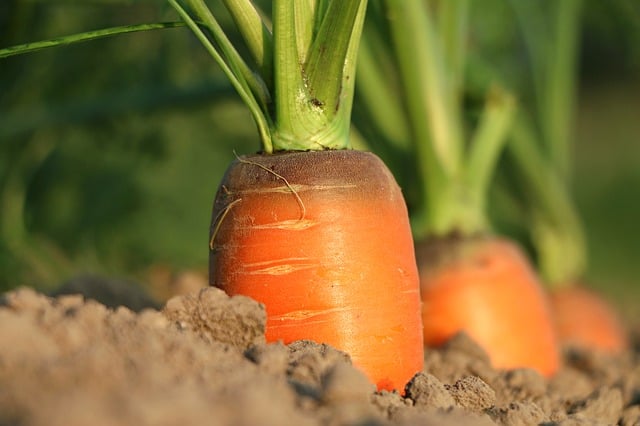
Carrots can also be seeded directly into the ground in July, with a focus on early varieties that can mature before the first frost. Carrots prefer sandy, well-drained soil with ample moisture, and they thrive in temperatures between 60°F and 70°F.
This root vegetable typically takes 70 to 80 days to mature, so aim to plant them in the early part of the month. Space seeds about 2-3 inches apart in rows that are 12-18 inches apart. To prevent weeds and retain moisture, a light layer of mulch can be beneficial.
Cucumbers
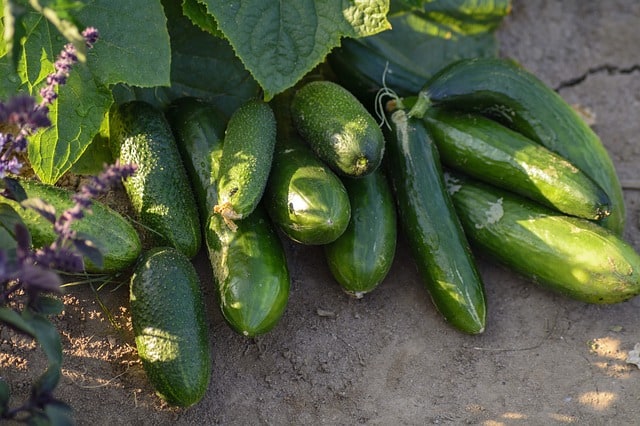
Cucumbers grow vigorously during the hot summer months and can be sown in July for a late summer or early fall harvest. These plants enjoy full sun and require at least 50°F to germinate. Given Ohio’s warm July temperatures, this is a great time to plant.
Cucumbers typically mature in 50 to 70 days, making them an excellent choice for quick summer crops. They should be spaced 12-36 inches apart, depending on the variety, and should be supported with trellises, allowing for efficient growth and easy harvest.
Lettuce

While traditionally a spring crop, lettuce can be successfully planted in July for fall harvests, especially in the cooler end of July. Varieties like butterhead and looseleaf are best suited for summer planting. Lettuce prefers cooler conditions; thus, planting in the shade of taller plants can help manage temperature.
This leafy green typically matures in 30 to 70 days. Seeds should be planted about 1/4 inch deep and spaced closely together, as the plants will be thinned out later. For continuous harvest, successive planting every two weeks is recommended.
Radishes
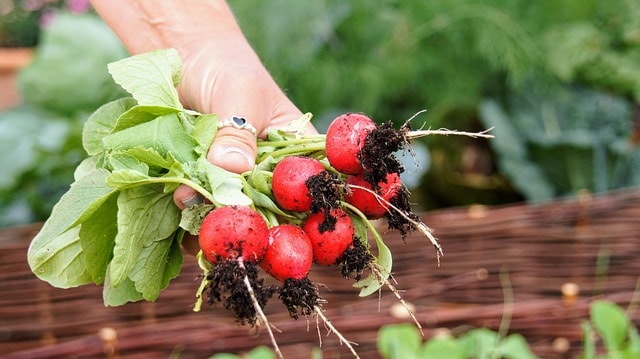
Another quick-maturing crop is the radish. This vegetable is perfect for those looking for quick yields, as they can be harvested as early as three weeks after planting. Radishes thrive in moist soil that drains well and enjoy full sunlight.
Sow seeds directly into the ground about 1/2 inch deep, and space them approximately 1 inch apart in rows 8-12 inches apart. With the average maturation time of just 25 to 30 days, they are an excellent choice for July planting and can be grown again for a second harvest in early autumn.
Swiss Chard
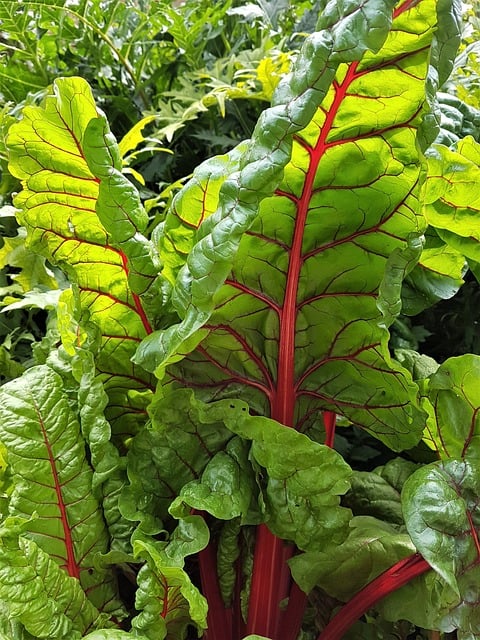
Swiss chard can be planted in July and is one of the hardiest leafy greens. It tolerates heat, and mature plants can even withstand light frosts, making them a great choice for Ohio’s unpredictable late summer and early fall.
Plant Swiss chard seeds 1 inch deep and 3-4 inches apart, in rows spaced 18 inches apart. They usually take around 50 to 60 days to mature, and the harvesting of outer leaves can extend your yield well into fall.
Zucchini
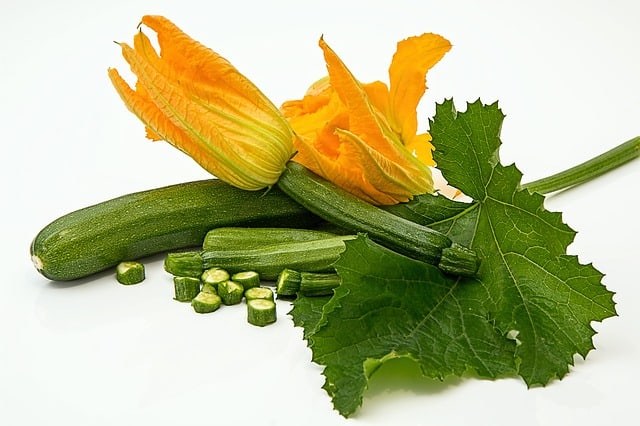
Zucchini is a staple summer squash that thrives in Ohio. Planting zucchini in July can yield good results as they grow rapidly in warm weather. These plants require full sun and well-draining soil but can tolerate a range of temperatures.
Zucchini typically matures in about 60 days, and seeds can be sown directly in the soil about 1 inch deep, spaced 24-36 inches apart. Regular harvest encourages continuous production, making zucchini a productive addition to any summer garden.
Turnips
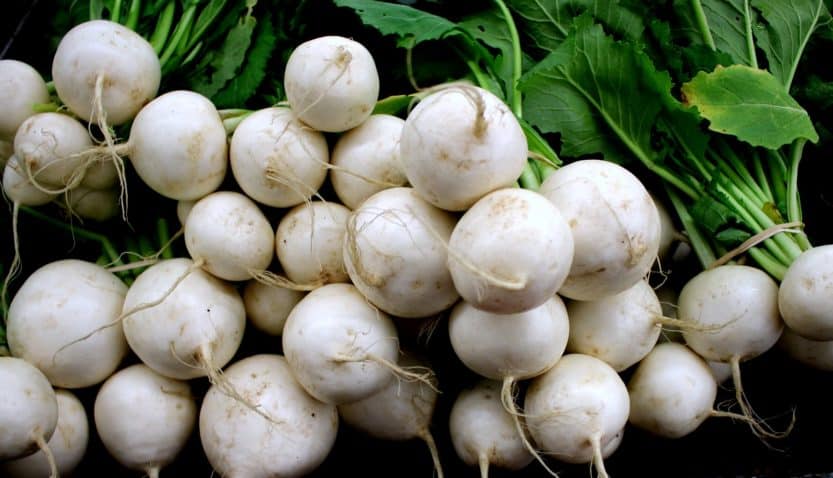
Turnips are another versatile root vegetable ideal for summer planting. They can be grown for both their roots and greens, making them a dual-purpose crop. Turnips prefer cooler weather, so mom plant them in early to mid-July to ensure they mature before frost.
They should be sown about 1/4 inch deep and spaced 2-4 inches apart, in rows that are 12-18 inches apart. With a rapid growth cycle of around 30 to 60 days, they offer a great option for late-summer harvests.
Broccoli (Starter Plants)
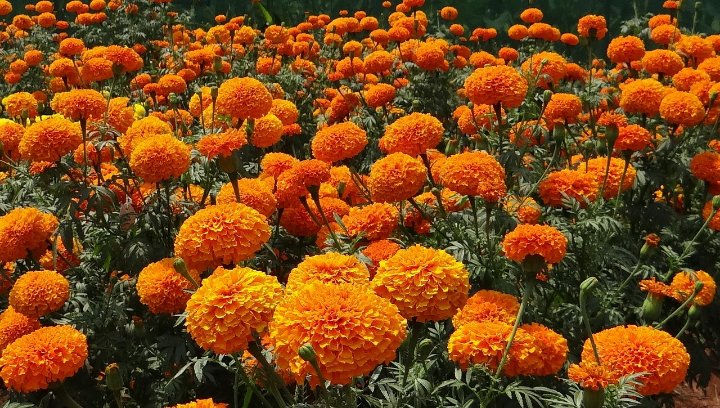
Though traditionally a cool-season crop, broccoli can be established in July from starter plants if you are looking to harvest in the fall. This vegetable prefers cooler temperatures and should be set out in shady spots during the hot summer months to help ensure their quick establishment.
Start with seedlings that are already about 4-6 weeks old and transplant them into well-drained loamy soil, spacing them around 18-24 inches apart. Expect to harvest in 70-100 days, typically in early to mid-fall.
Flowers To Plant
July is also an excellent time for flowers in Ohio, especially for those looking to enjoy blooms into the fall. The following ten flowers are well-suited for planting in mid-summer.
Sunflowers

Sunflowers are iconic summer blooms that thrive in full sun and heat. Planting them in July can still yield beautiful flowers, especially if you choose shorter varieties. They thrive in soils that drain well and prefer moderate temperatures, typically not below 60°F.
Sunflowers germinate quickly, often within 7-10 days. Space seeds about 6 inches apart and 1-2 inches deep, with spacing that can vary from 12-24 inches depending on the variety. Flowering time is typically 70-90 days, allowing them to brighten up any garden as fall approaches.
Zinnias

Zinnias are easy to grow and provide a burst of color throughout the summer and into fall. They love the sun and perform best in soils enriched with organic matter. Zinnias can be directly seeded into the garden or transplanted from starters.
Plant seeds about 1/4 to 1/2 inch deep and 12 inches apart, in full sun. They bloom in around 60 days, providing continued color and attracting pollinators such as bees and butterflies to the garden.
Marigolds

Marigolds are hardy annual flowers that tolerate heat and are known for their pest-repelling properties. Planting them in July is an excellent way to fill any gaps in the garden and provide vibrant color until frost.
Seeds should be planted about 1/4 inch deep and spaced 8-12 inches apart. They bloom in about 45-60 days and flourish in full sun, making them perfect companions to vegetables, helping to deter harmful insects.
Cosmos

Cosmos are drought-resistant annuals that thrive in sunny locations with well-drained soil. Planting in July gives these blooms a fighting chance to offer spectacular flowers before the end of the warm season.
Plant seeds directly in the soil about 1/4 inch deep and space them 12 inches apart. They typically bloom in 60-70 days, attracting pollinators and providing an airy, delicate addition to the summer garden.
Burgundy Rubber Plant
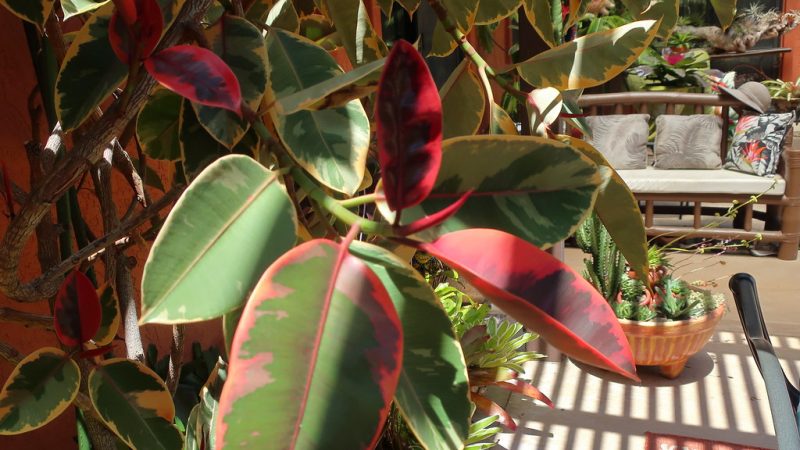
While many flowers can be seeded, consider the visually striking burgundy rubber plant for its dense foliage and unique look. It does not require as much sun as other summer blooms and can be a showstopper in the garden.
The rubber plant prefers temperatures above 60°F and should be planted in shaded areas if sown in late July. When planting, use rich, well-draining soil to ensure that it thrives during the summer months.
Black-Eyed Susans
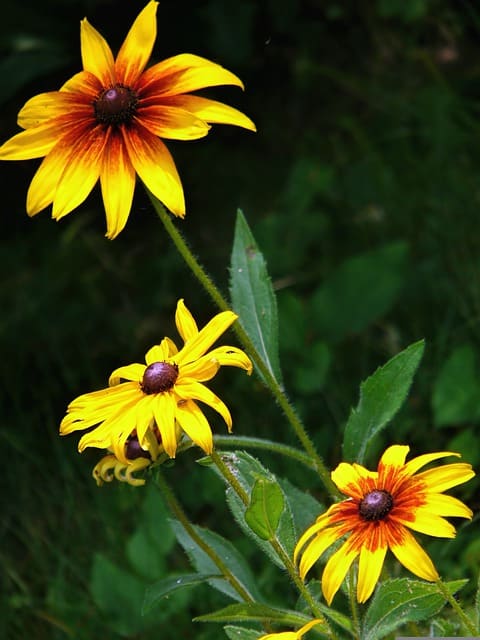
Black-eyed Susans are resilient perennials that can still establish roots in July. Known for their long-lasting blooms, they thrive in sunny areas and tolerate a range of soil types. They do well in full sun and can withstand drought once established.
Plant them 1-2 feet apart in well-drained soil, and expect blooms late in the summer. The vibrant yellow petals with dark centers will attract butterflies and add a pop of color to your landscape.
Rudbeckia
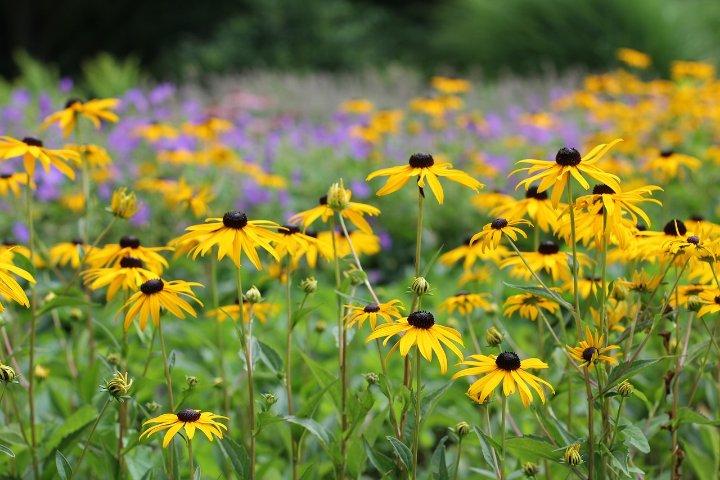
Another summer-blooming perennial, Rudbeckias are easy to grow and can be planted in mid-July. They are known for their daisy-like flowers, which bloom in various colors, thriving in sun and poor soil.
Soil should be well-drained, and plants should be spaced around 12 inches apart. They typically flower in about 70 days and can provide structure and color in the autumn garden.
Snapdragons
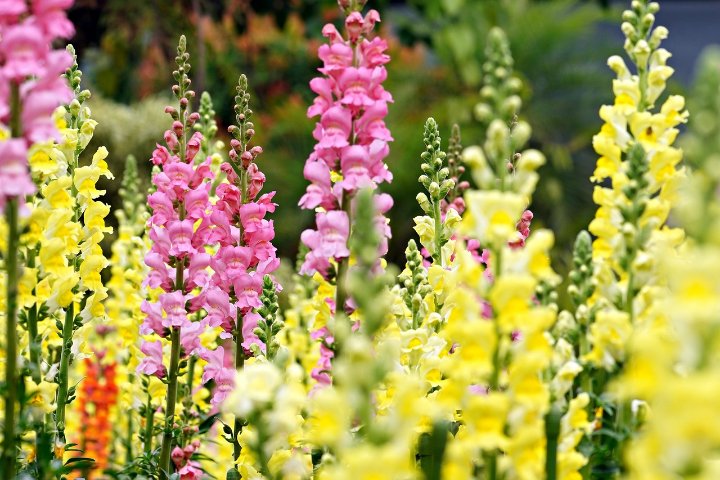
Snapdragons add vertical interest and beautiful color to any garden. Ideal for planting in July, they bloom from late summer through fall and thrive in cooler temperatures.
When planting, space seeds about 12 inches apart in well-draining soil. Snapdragons can take up to 60 days to bloom but are worth the wait with their tall, colorful spikes.
Asters
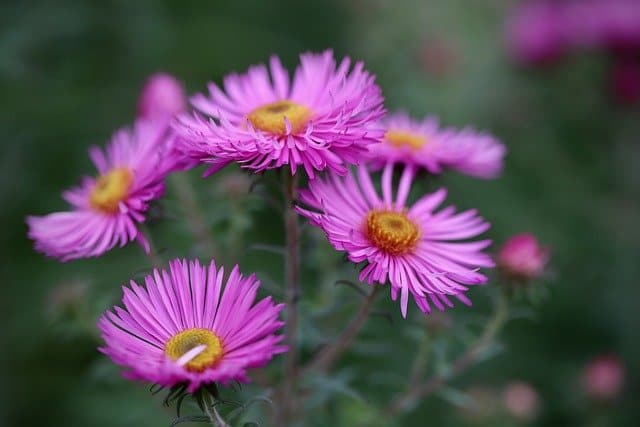
Asters are late-blooming perennials that can be planted in July for stunning fall color. They thrive in full sun and will brighten up any garden with their star-like flowers.
Asters should be spaced 1-2 feet apart in loamy, well-drained soil. They typically take 80-90 days to bloom and can provide beautiful color late into the year.
Phlox
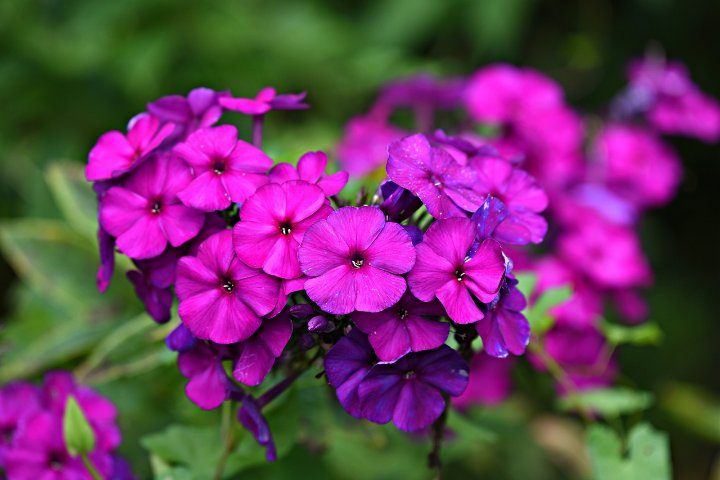
Phlox is a fragrant perennial flower that can also be planted in July. They thrive in well-draining soil and full sun, making them well-suited to Ohio’s weather.
Plant them about 12 inches apart, and they can bloom in 60-90 days. The colorful florets will attract pollinators into your landscape.
Herbs To Plant
July is an excellent time to plant herbs in Ohio as the warm weather allows for robust growth. Here are ten herbs that can be planted this month.
Basil
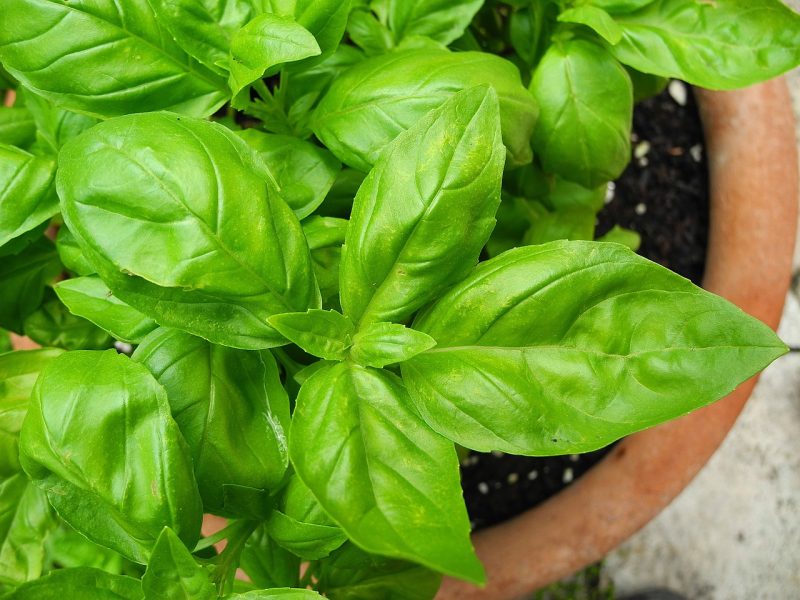
Basil thrives in the heat, making July an excellent planting month. Known for its aromatic leaves, basil is a staple in many kitchens. It prefers full sun and well-drained soil.
Plant seeds about 1/4 inch deep and 12 inches apart. Basil typically takes 60-90 days to mature, and regular harvesting encourages bushier growth. It’s worth noting that basil is sensitive to cold, so be sure to harvest before the first fall frost.
Cilantro
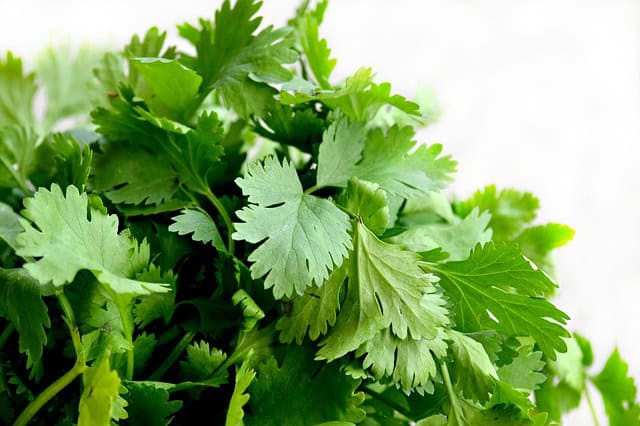
Cilantro can be planted in July for a late-season harvest. This herb tends to bolt in extreme heat, but with careful monitoring, it can produce flavorful leaves for your dishes.
Sow seeds directly in the ground about 1/4 inch deep, spacing them about 4-6 inches apart. Cilantro matures quickly, usually within 30-60 days, and provides fresh greens for culinary uses.
Dill
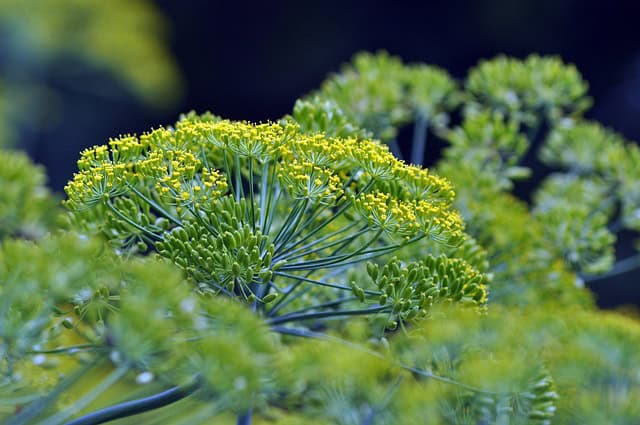
Dill is another herb that can be planted in July. This feathery herb does well in sunny locations and can withstand the summer sun without much care.
Sow seeds about 1/4 inch deep and space them 12 inches apart. Dill typically matures in about 40-60 days and is ideal for seasoning due to its distinct flavor profile.
Oregano
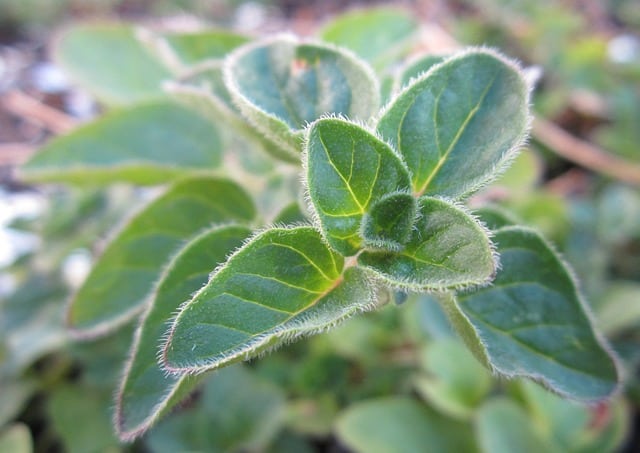
Oregano can be planted in July, particularly if you want fresh seasoning for your summer recipes. This herb thrives in well-drained soil and prefers full sun.
Seeds should be sown about 1/4 inch deep and spaced 10-12 inches apart. Oregano usually matures in around 80-90 days, and once established, it can be quite resilient.
Thyme
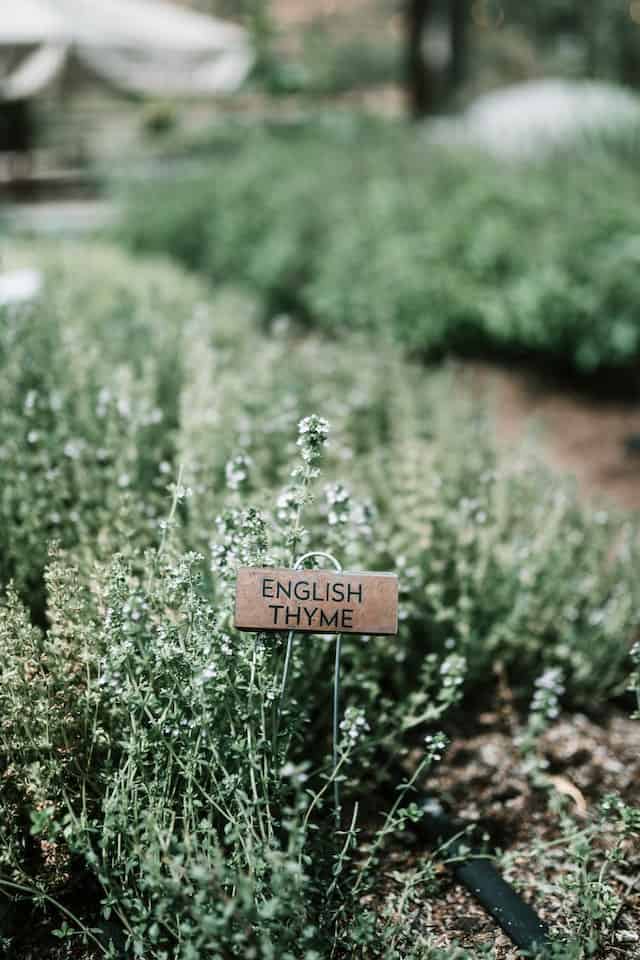
Thyme is a hardy perennial herb that can be established in July. It thrives in sunny locations and can withstand drought, making it an excellent choice for beginners.
Plant seeds about 1/4 inch deep and 12 inches apart. Thyme takes approximately 75 to 90 days to mature and offers flavorful leaves year-round. Regular pruning encourages lush growth.
Parsley
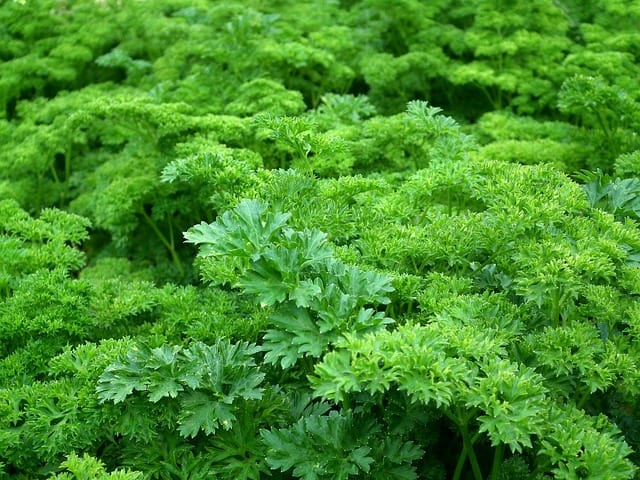
Parsley is another culinary herb that can be sown in July. It prefers cooler temperatures, so choose a partially shaded location to promote optimal growth during the hottest parts of summer.
Seeds should be planted about 1/4 inch deep and spaced 6-10 inches apart. Expect to harvest in about 70-90 days, and this versatile herb will add flavor to salads and dishes.
Chives

Chives can thrive in the warm weather of July and can even withstand light frost, making them a hardy option for your herb garden. They prefer well-drained soil and full sun, with some tolerance for partial shade.
Plant seeds about 1/4 inch deep and space them 12-24 inches apart. Chives take about 60 days to mature and can be harvested continuously once they reach a height of 6 inches.
Sage

Sage is a drought-tolerant perennial that can be planted in mid-summer. This herb thrives in well-drained soils and enjoys full sun.
Space sage seeds about 12 inches apart and plant them about 1/4 inch deep. Sage typically takes around 75-85 days to establish, and it adds great depth of flavor to meals from roasted dishes to sauces.
Fennel
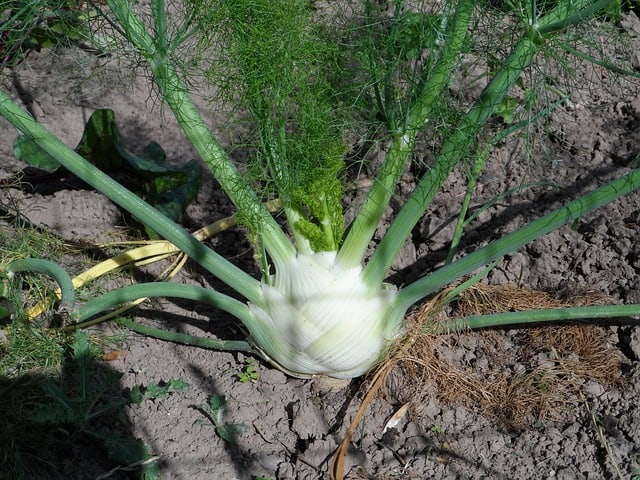
Fennel can be planted in July for anise-flavored leaves and edible bulbs. It prefers sunny spots with well-draining soil and can withstand summer heat.
Plant seeds about 1/2 inch deep and space them 12-18 inches apart. Fennel usually matures in 90-120 days, and both its foliage and bulbs are edible, adding versatility to your kitchen.
Mint
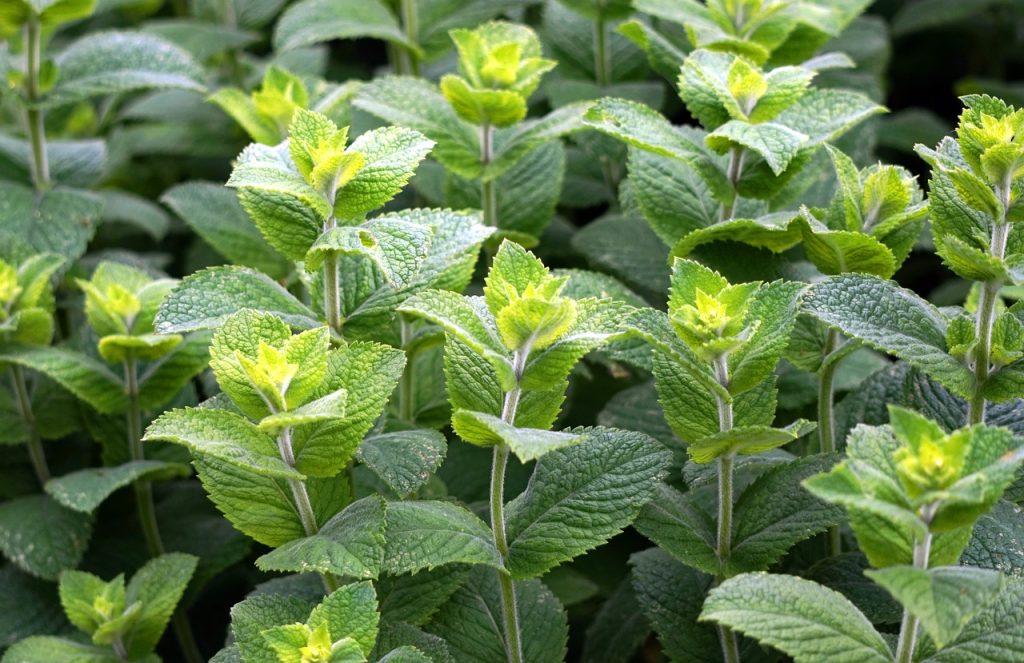
Mint is a fast-growing herb that can be planted in July. It thrives in moist soil and is quite hardy. Mint can spread aggressively, so consider planting it in containers.
Plant mint seeds or starts deeply enough to cover them with soil, roughly 1/4 inch deep. Space them 12-24 inches apart. Mint typically reaches maturity in about 60-90 days, providing fragrant leaves for your culinary needs.
Landscape Plants To Plant In July
Beyond vegetables, flowers, and herbs, July offers excellent opportunities for landscaping plants that thrive in Ohio’s climate. Here are ten outstanding choices for Ohio homeowners.
Daylilies
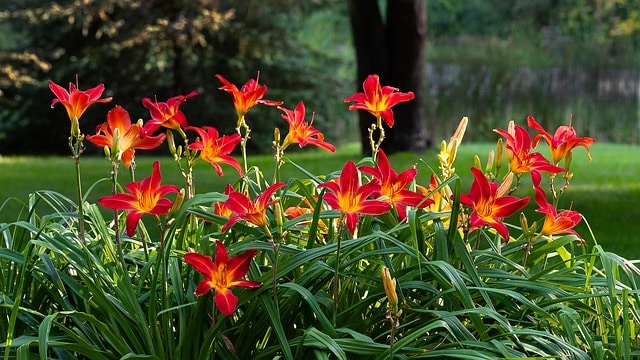
Daylilies are resilient perennials that can be planted in July. They adapt well to various soil types and prefer full sun to partial shade. These plants can tolerate drought and produce vibrant blooms in summer.
Spacing should be about 18-24 inches apart. Daylilies will typically flower in about 2 months and will continue to bloom in subsequent years, providing colorful presence in your landscape.
Hydrangeas

Hydrangeas can still thrive when planted in July, especially if established carefully. These shrubs prefer well-drained soil and do best in partial sun.
Hydrangeas should be spaced at least 3-10 feet apart, depending on the variety. While they may take time to establish, these stunning plants can bloom in the following summer, adding texture and color to your garden.
Knockout Roses
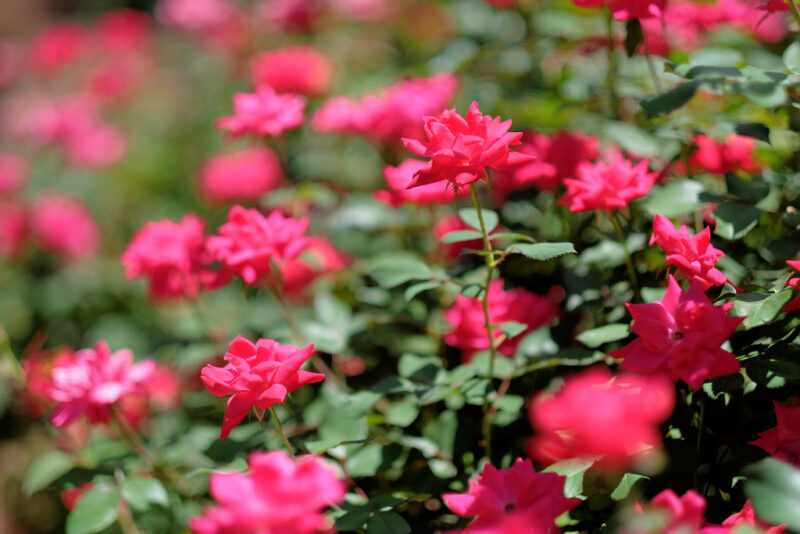
Knockout roses are a hardy choice for Ohio gardens, thriving even in the heat of July. Known for their continuous blooming, they are low-maintenance and resistant to common rose diseases.
Plant these roses in well-drained soil with ample sunlight, spacing them 3 feet apart. Expect stunning blooms to last throughout the summer, typically starting in late June and continuing until frost.
Ornamental Grasses
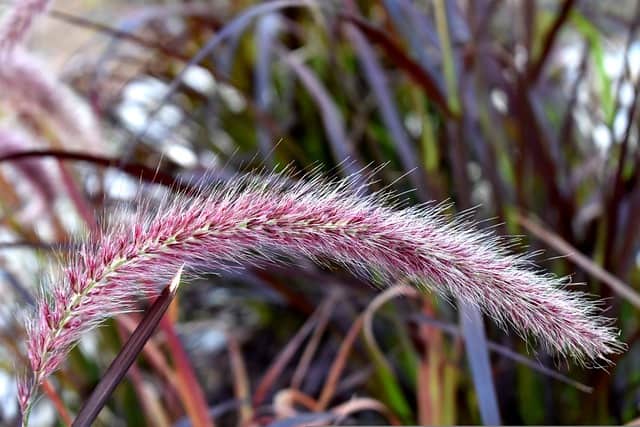
Ornamental grasses, such as Miscanthus or Panicum, can be planted in July. They thrive in full sun to part shade and are low-maintenance, offering texture to any landscape.
Space these grasses according to their mature size—generally, 2-4 feet apart is ideal. They will typically establish during the summer, providing year-round interest in your garden.
Hostas
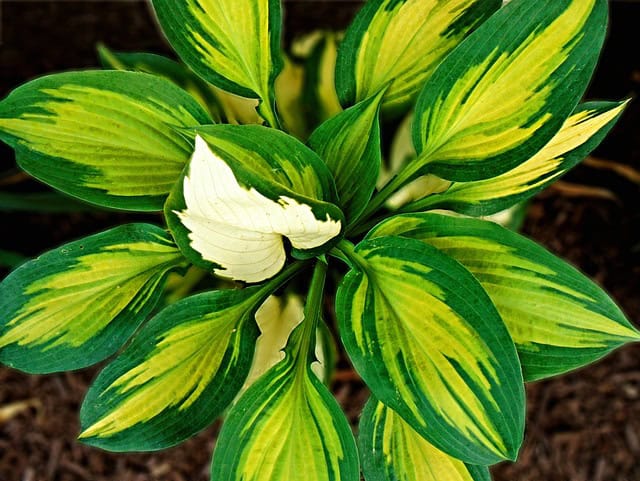
Hostas are hardy shade perennials that flourish in Ohio gardens. Yay can be established in July; they prefer rich, well-draining soil and partial to full shade.
Space hostas about 2-3 feet apart for optimal growth, and they will not only survive but thrive with some regular watering during the heat. You can expect their lush foliage to grace your landscape.
Astilbe

Astilbe is a shade-loving perennial that can be planted in July. Known for its feathery plumes, it thrives in moist, well-drained soil and partial shade.
Plant Astilbe 12-18 inches apart in a damp location, and it can take around 60 days to reach maturity, providing stunning blooms that attract butterflies.
Coneflower (Echinacea)
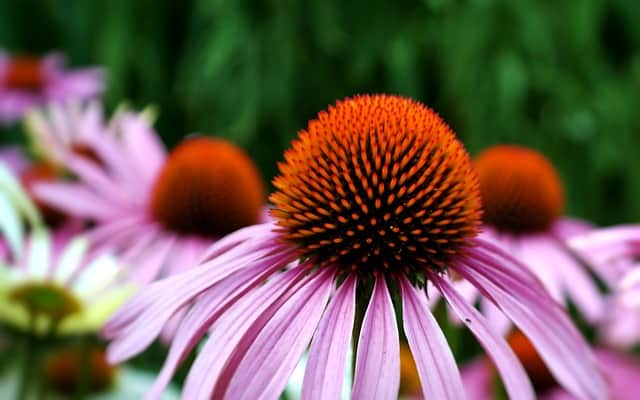
Coneflowers are drought-resistant perennials excellent for planting in July. They prefer well-drained soil and thrive in full sun.
Plant them 12-18 inches apart for optimal air circulation. Mature coneflowers will bloom in 70-90 days, offering beautiful, resilient blooms that attract pollinators.
Perennial Salvia

Perennial salvia provides aromatic flowers and attracts bees. They thrive in well-drained soils and can adapt to various light conditions.
Space them 12-18 inches apart and they typically bloom after about 60 days, adding a burst of color to your summer landscape.
Boxwoods
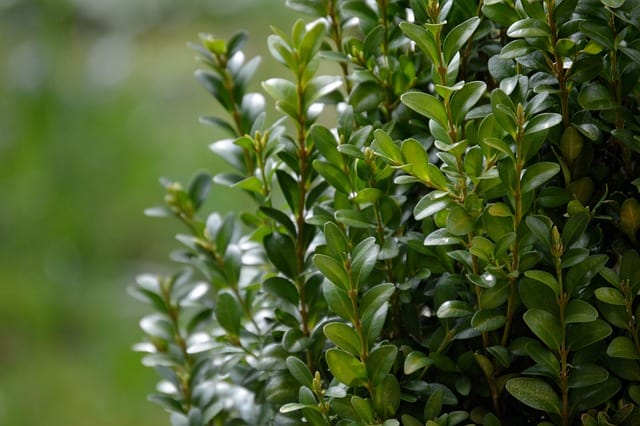
Boxwoods are evergreen shrubs that can be planted during summer months in Ohio. They are versatile and hardy, thriving in a range of conditions, making them a favorite for landscaping.
When planting, space boxwoods 2-3 feet apart. They are slow-growing; however, once established, offer constant greenery throughout the year, providing structure to your garden.


